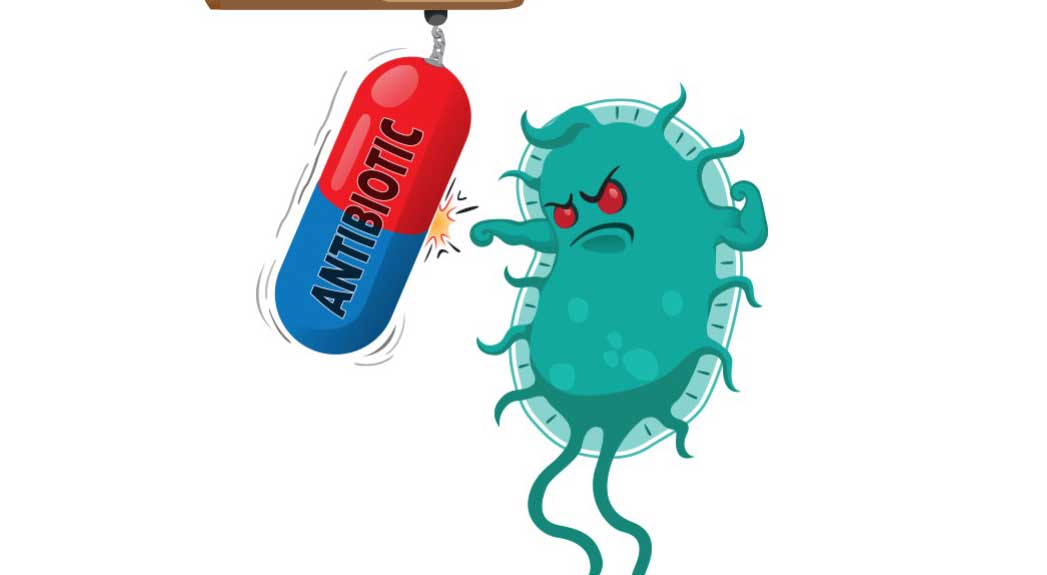- Singh Biome Lab
- Research
- Antimicrobial Resistance
Antimicrobial Resistance

Adapted from Bacterial drug resistance studied by robotic E. coli evolution.
The rise of antimicrobial-resistant (AMR) pathogens represents a significant global challenge in infectious disease control, which is amplified by the decline in the discovery of novel antibiotics. AMR infections affect more than 2.8 million people and cause over 35,000 deaths each year in the US alone. Addressing AMR in these at-risk populations is crucial for equitable public health outcomes.
Antibiotic-resistant bacteria (ARB) and antibiotic-resistant genes (ARGs) can be transmitted through water, soil, and wastewater which have harmful effects on animal and human health. The goal of this research is to identify the prevalence and transmission of ARG in soil and water samples from rural and urban locations. Determining prevalence and factors that lead to their presence and spread will allow us to propose measures to check their transmission for animal and public health
Contact
Singh Biome Lab
Department of Biological Sciences
Montgomery Hall 359
815-753-7839
psingh1@niu.edu